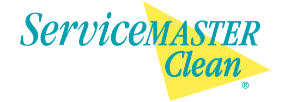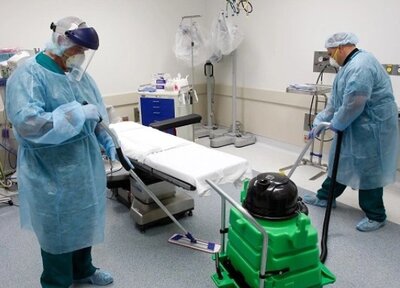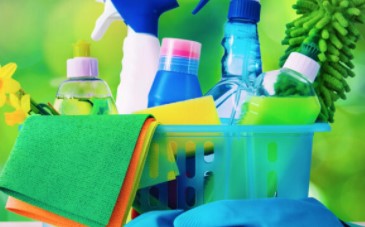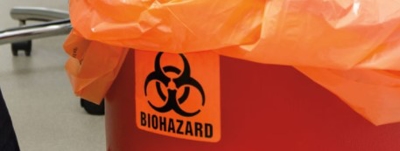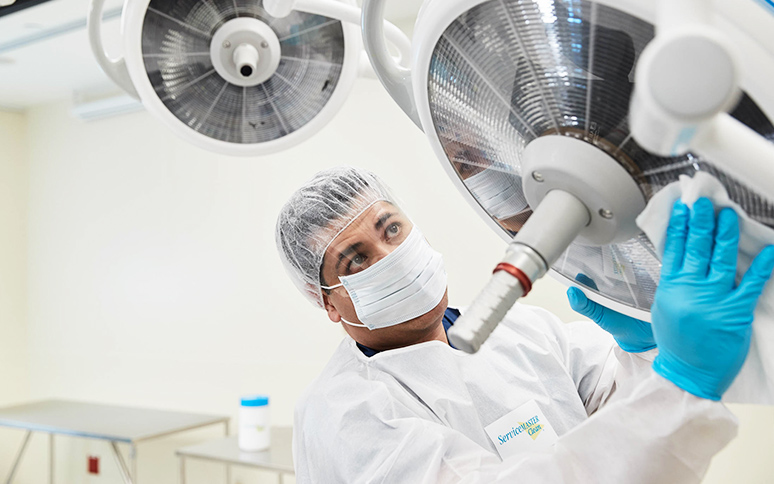How to Prevent Staff Exposure to High-Level Disinfectants
Disinfecting medical and dental equipment requires meticulous care, safety and precision, especially when a healthcare worker is using a high-level disinfectant (HLD). If prolonged or direct exposure to these heavy-duty disinfecting products occurs, your staff could experience serious consequences to their health. Unfortunately, according to the Centers for Disease Control and Prevention (CDC), best practices to minimize exposure to HLDs have yet to be universally implemented throughout healthcare facilities, leading to many acute and chronic health effects in staff members.
To avoid costly and unnecessary risks to your staff's well-being, use this helpful and informative HLD guide from the experts at ServiceMaster Clean.
What Is a High-Level Disinfectant?
The Centers for Disease Control and Preventions (CDC) defines a high-level disinfection as “complete elimination of all microorganisms in or on an instrument, except for small numbers of bacterial spores.” HLDs are sterilants used when medical or dental equipment cannot be sterilized using traditional practices, due to heat sensitivity or the makeup of the equipment.
One of the most common HLDs is glutaraldehyde disinfectant, a colorless, cold sterilant with a strong odor and oily texture. Glutaraldehyde is used to clean such equipment as the instruments used in surgery and dialysis, bronchoscopes, endoscopes, suction bottles and other heat-sensitive instruments for patients' ears, noses and throats. It's also commonly employed in the production of x-rays. You may otherwise know glutaraldehyde by its various brand names: Cidex®, Hospex®, Metricide®, Omnicide®, Sonacide®, Sporicidin®, and Wavicide®.
The Exposure Risks of Glutaraldehyde Disinfectant
Due to its strong potency, glutaraldehyde exposure comes with serious health risks. Medical staff exposed to glutaraldehyde have reported a range of symptoms ranging from mild to severe. Such health effects of glutaraldehyde exposure include:
Asthma-like symptoms, including difficulty breathing
Cold symptoms, including sneezing, nosebleeds and wheezing
Irritation of the lungs, throat and nose
Irritation of the eyes, including burning or conjunctivitis
Irritation of the skin, including hives, eczema, rashes or hands that appear stained
Headaches
Nausea
How to Stay Safe From HLD Products
Before handling any high-level disinfectants, all staff members must also undergo professional training on HLDs, including the risks, how to properly use and how to limit exposure to them. To ensure workplace safety, it's imperative that everyone in your office fully understands the dangers of improper HLD use.
According to the CDC, there are many things you can do to protect yourself from HLD exposure. Some of the most important ways to protect yourself while using HLDs includes the following:
Wear personal protective equipment (PPE) when handling HLDs. This includes protective goggles, lab coats, and gloves and aprons made from nitrile or butyl rubber. Latex does not protect against HLD exposure.
Always remove your gloves and wash your hands immediately after using an HLD.
Ensure you have followed the dilution guideless prior to using any HLD. Read the label to determine proper use instructions. Never add more glutaraldehyde disinfectant than recommended.
Keep containers of HLD properly sealed and stored in designated areas at all times.
Attend regular safety awareness and training classes about the proper use of and exposure risks to HLDs.
Along with following basic HLD safety and protocols, it's important to follow best cleaning, disinfecting and sanitizing practices throughout your facility. To ensure your facility is cared for with all protocols and guidelines in mind, call up the professionals at ServiceMaster Clean. With over 65 years of experience, our commercial janitorial services for healthcare industries are backed by best practices and procedures published by top governmental organizations. We'll work with you to create a unique cleaning routine to help with infection control and prevention, risk reduction and overall environment improvement
